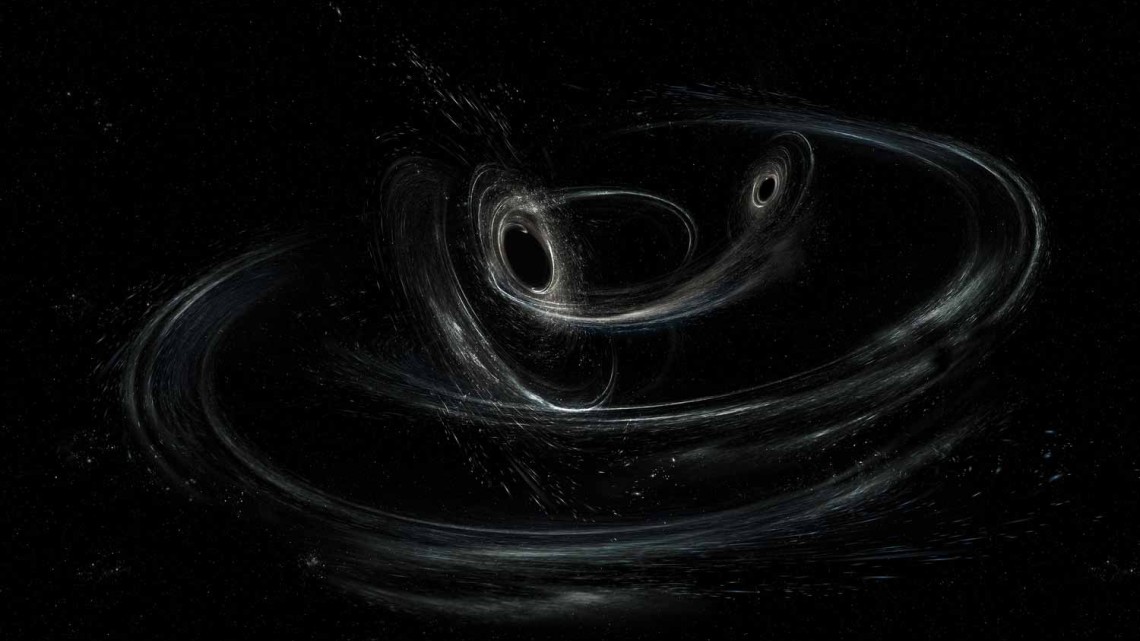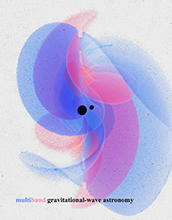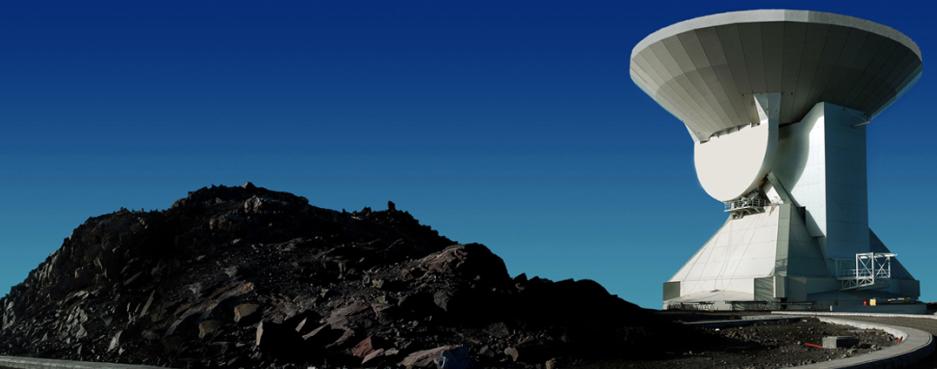搜索结果: 1-15 共查到“天文学 Using”相关记录120条 . 查询时间(0.386 秒)


Observing 'black hole symphony' using gravitational wave astronomy(图)
Observing black hole symphony gravitational wave astronomy
2019/11/21
Shrouded in mystery since their discovery, black holes continue to be mind-boggling enigmas in our universe.Limitations in observation technologies have kept scientists from grasping a more complete p...

Using Powerful New Telescope,Astronomers Confirm Observing One of the Oldest Objects in the Universe(图)
Powerful New Telescope Astronomers Observing One of the Oldest Objects the Universe
2017/11/6
Astronomers using the Large Millimeter Telescope (LMT), which is operated jointly by the University of Massachusetts Amherst and Mexico’s Instituto Nacional de Astrofísica, óptica y Electrónica, repor...
Peering into Black Holes Using an Earth-sized Telescope
Peering Black Holes Earth-sized Telescope
2017/4/5
Turning the Earth into one giant telescope by coordinating observations from instruments arrayed around the world, teams of radio astronomers are aiming their telescopes for the next 10 days at the th...
Numerically simulating impact disruptions of cohesive glass bead agglomerates using the soft-sphere discrete element method
Asteroids, Surfaces Collisional physics Geological processes Regoliths
2015/12/25
We present our implementation of cohesion in the parallel N-body code pkdgrav in order to model small bodies that are not fully monolithic but that have at least some degree of cohesion. Small bodies ...
EUSO: using high energy cosmic rays and neutrinos as messengers from the unknown universe
fluorescence cosmic rays neutrinos extensive air showers
2015/9/16
Exploiting the earth atmosphere as a giant detector for the incoming extraterrestrial fl ux of high energy cosmic rays
and cosmic neutrinos, the mission «EUSO-Extreme Universe Space Observatory&...
The NAture of the Faint Far-Infrared Extragalactic Source Population: Optical/NIR and Radio Follow-Up Observationts of ISOPHOT Deep-Field Sources using the Keck, Subaru, and VLA Telescopes.
Keck Subaru
2014/12/26
In order to search for obscured objects at high redshifts, we have made deep far-infrared (FIR) deep survey in the Lockman Hole using ISOPHOT onboard ISO (Kawara et al. 1998, A&A, 336, L9). In this su...
High-resolution Imaging of Dust Shells Using Keck aperture Masking and the IOTA Interferometer
given current calibration software limitations
2014/12/24
We present first results of an experiment to combine data from Keck aperture masking and the Infrared-Optical Telescope Array (IOTA) to image the circumstellar environments of evolved stars with …20 m...
A Study of CO Emission in High-Redshift QSOs Using the Owens Valley Millimeter Array
SMM J04135+10277 VCV J140955.5+562827
2014/12/24
Searches for CO emission in high-redshift objects have traditionally suffered from the accuracy of optically derived redshifts for lack of bandwidth in correlators at radio observatories. This problem...
Optical Identification of Infrared Space Observatory Far-Infrared Sources in the Lockman Hole Using a Deep Very Large Array 1.4 GHz Continuum Survey
evolution starburst
2014/12/24
By exploiting the far-infrared (FIR) and radio correlation, we have performed a likelihood-ratio analysis to identify optical counterparts to the FIR sources that have been found in an area of ~0.9 de...
Detection of an ultra-bright submillimeter galaxy in the Subaru/XMM-Newton Deep Field using AzTEC/ASTE
AzTEC ASTE
2014/12/22
We report the detection of an extremely bright ($\sim$34 mJy at 1100 $\mu$m and $\sim$73 mJy at 880 $\mu$m) submillimeter galaxy (SMG), AzTEC-ASTE-SXDF1100.001 (hereafter referred to as SXDF1100.001),...
USING 21 cm ABSORPTION IN SMALL IMPACT PARAMETER GALAXY-QUASAR PAIRS TO PROBE LOW-REDSHIFT DAMPED AND SUB-DAMPED Ly alpha SYSTEMS
low-redshift damped Lyα (DLA) sub-DLA quasar absorbers
2014/12/20
To search for low-redshift damped Lyα (DLA) and sub-DLA quasar absorbers, we have conducted a 21 cm absorption survey of radio-loud quasars at small impact parameters to foreground galaxies selected f...
Measurement of Galactic Logarithmic Spiral Arm Pitch Angle Using Two-Dimensional Fast Fourier Transform Decomposition
Galactic Logarithmic Spiral Arm Pitch Angle Two-Dimensional Fast Fourier Transform Decomposition
2012/2/21
A logarithmic spiral is a prominent feature appearing in a majority of observed galaxies. This feature has long been associated with the traditional Hubble classification scheme, but historical quotes...
TNOs are Cool: A survey of the trans-Neptunian region V. Physical characterization of 18 Plutinos using Herschel PACS observations
Kuiper belt objects Plutinos planetary systems observational photometric
2012/2/16
We present Herschel PACS photometry of 18 Plutinos and determine sizes and albedos for these objects using thermal modeling. We analyze our results for correlations, draw conclusions on the Plutino si...
Using Kepler transit observations to measure stellar spot belt migration rates
Activity Spots Planetary Systems Planet Satellites Sunspots
2012/2/16
Planetary transits provide a unique opportunity to investigate the surface distributions of star spots. Our aim is to determine if, with continuous observation (such as the data that will be provided ...


